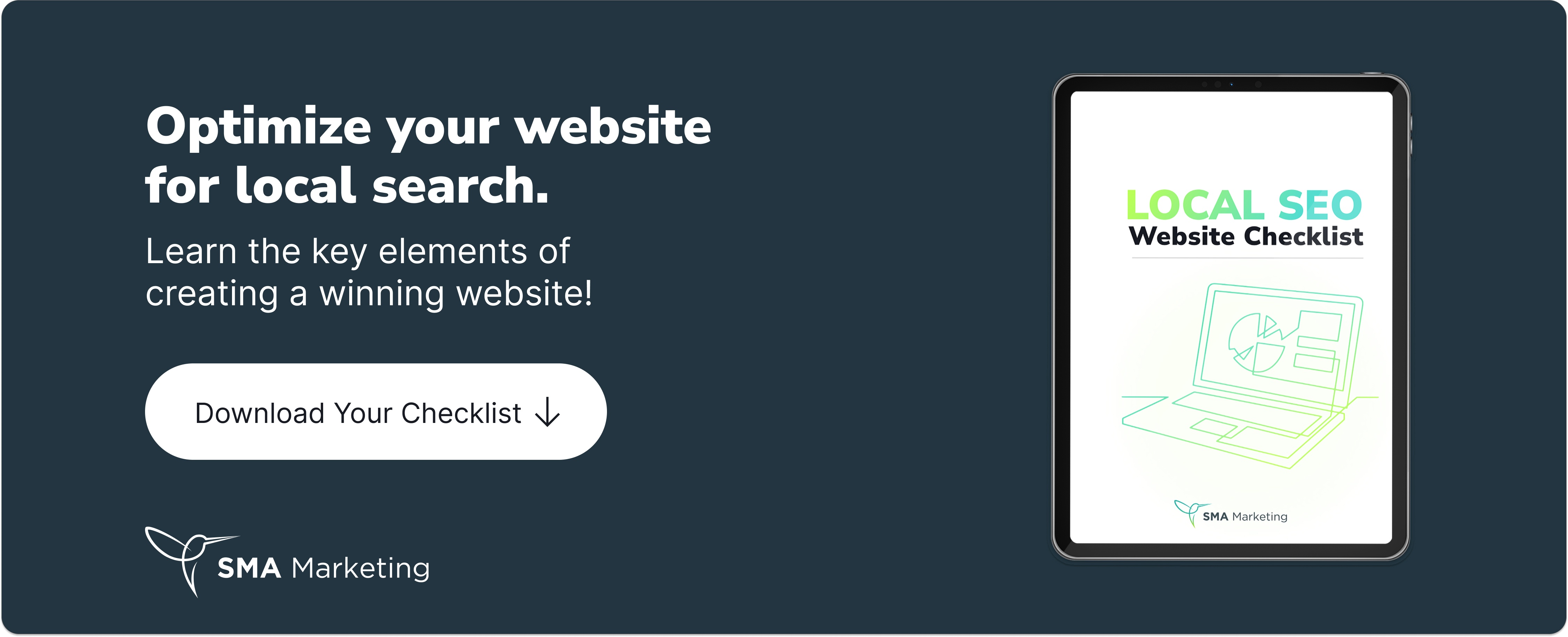.png?width=719&height=399&name=Local%20Business%20Schema%20Best%20Practices%20(1).png) As a local business owner, you understand the importance of getting found online. And as technology advances, we must advance with it to stay competitive. One of the most effective ways to do this is by implementing local business schema markup on our websites.
As a local business owner, you understand the importance of getting found online. And as technology advances, we must advance with it to stay competitive. One of the most effective ways to do this is by implementing local business schema markup on our websites.
In this post, we’ll cover what you need to know about structured data markup as part of your local SEO strategy. We’ll also share some best practices to help you get started. Watch this video to learn more.
This is a relatively new technology, but it’s already proving to be very effective in helping local businesses get found online. By using local business schema, you can make sure that your business is accurately represented on the web, and that potential customers can find you easily.
It starts with claiming your Google Business Profile and ensuring you have your NAP (Name, Physical Address, and Phone Number) clearly displayed on your site. But if you want to take it to the next level and separate yourself from the competition, adding local structured data to your local business website is critical.
Choosing the Right Local Business Schema Type
There are many schema markup types. When adding LocalBusiness schema markup to your website with JSON-LD Markup, it’s important to choose the correct type. There are 30 Local Business subtypes to choose from, and more than half of the subtypes have additional categories under them. Selecting the right Local Business schema can help ensure that search engines get the correct information about your business.
When you’re writing a schema or structured data for your website and you’re building out the local business area, there are several different types that you can select. Instead of just selecting the top one, Local Business, you can get much more granular, which allows you to add a lot more targeted and specific information into your structured data based on your type of business.
Why Is Local Business Schema Important?
Structured data helps search engines better understand your site’s content and context. Using schema.org/localbusiness gives you ways to add more information to the search engines about your business. This will help with ranking and make your listing stand out more. Choosing the right type is extremely important.
Choosing a Subtype
When you go onto schema.org/localbusiness and do the hashtag subtypes, you’ll see different subtypes. You can pull out different information from these subtypes. For instance, if you are a childcare center, there are parts of your structured data that you could mark up that are very specific to what you do. Real estate, stores, or shopping centers are much more specific to the actual business type. This is very important because it helps give you more targeted information for potential customers.
Where Do We Add This Specific Type?
Replace the type with your specific subtype. By looking at schema.org and by tagging schema.org, Google knows that you’re now a local business and that your subtype, or your more specific type, is “restaurant”.
Each one of these subtypes can be narrowed further if they are highlighted on the list. For instance, for an automotive business, the specific subtype could be motorcycle repair shops or automotive parts stores. That’s a lot more specific.
When you’re choosing this, you want to take the time to make sure you’re at the most specific layer possible when you’re tagging your business. This is going to help you be more contextualized and make sure that you’re giving all of the available information to the search engine.
Once you put this together, add more specifics like price range. If people are looking for cheap, expensive, or fancy, this price range will help. You also want to add an image.
How To Create and Install Structured Data for Local SEO
The website schema.org is the collective, collaborative community between major search engines to add structured data across the web. Structured data helps search engines read and index content.
For more structured data guidelines, click here to watch this process step-by-step.
Why Use Structured Data?
Google, Microsoft, and Yandex are all bots in databases. They don’t speak a specific language. They take in characters, translate the characters into some meaning, they store it in the database. If somebody has the best backlinks or relevant content and they meet all the parameters of that specific algorithm, they’re going to rank higher.
If I do a “dentist near me” Google search query, the first thing that will pop up are ads, followed by a local pack with Google maps of some dentists close to my specific location. There will be a few other sites and a “people also ask” box.
If you’re a food establishment, this is where to put your type of cuisine, business hours, and business phone number. I know when I search for a business, “This place is closing soon so I need to contact them now.” How does Google know that? They know it because of local business schema.
7 Tips for Adding Schema
1. Ensure your business location is properly listed and verified on local directories like Google My Business, Yelp, and Bing Places.
2. Add your local business schema markup to your website’s header tag.
3. Claim your local business listing on major search engines like Google, Yahoo, and Bing.
4. Use local keywords in your website content and titles.
5. Submit your site to local search engines and directories.
6. Get involved with local social media groups and forums.
7. Engage with those who leave customer reviews on local listings sites or social media platforms
Editor’s Note: This article was originally published April 20, 2020, and has been updated with fresh content.
Source link




